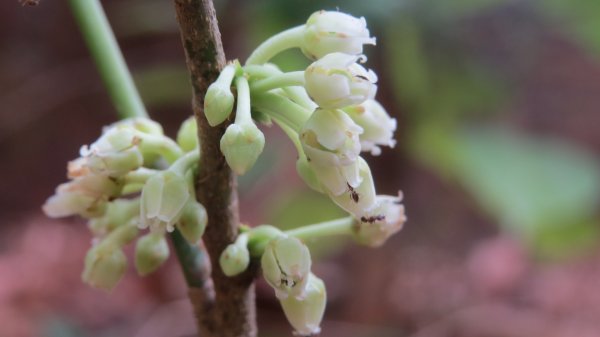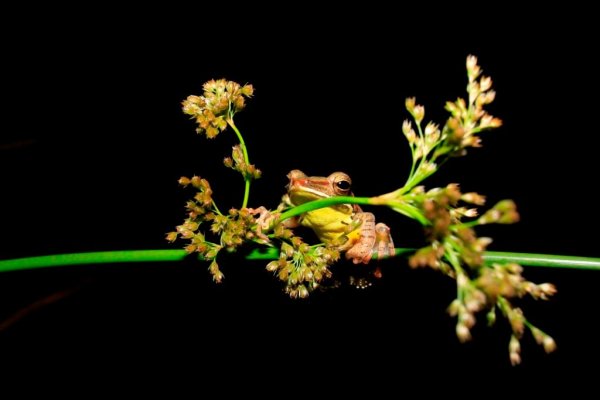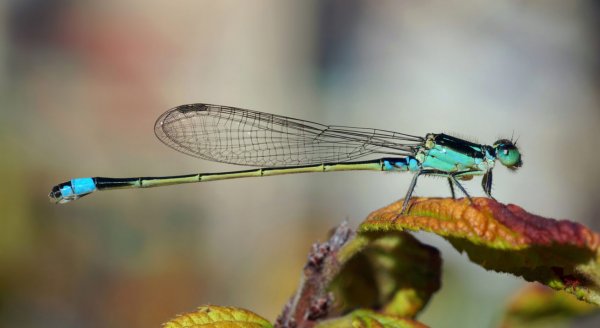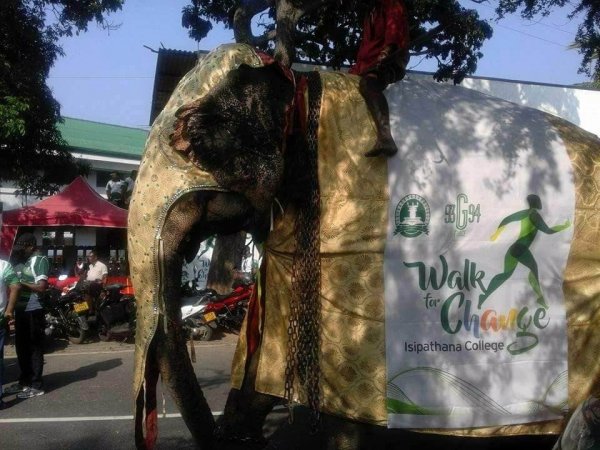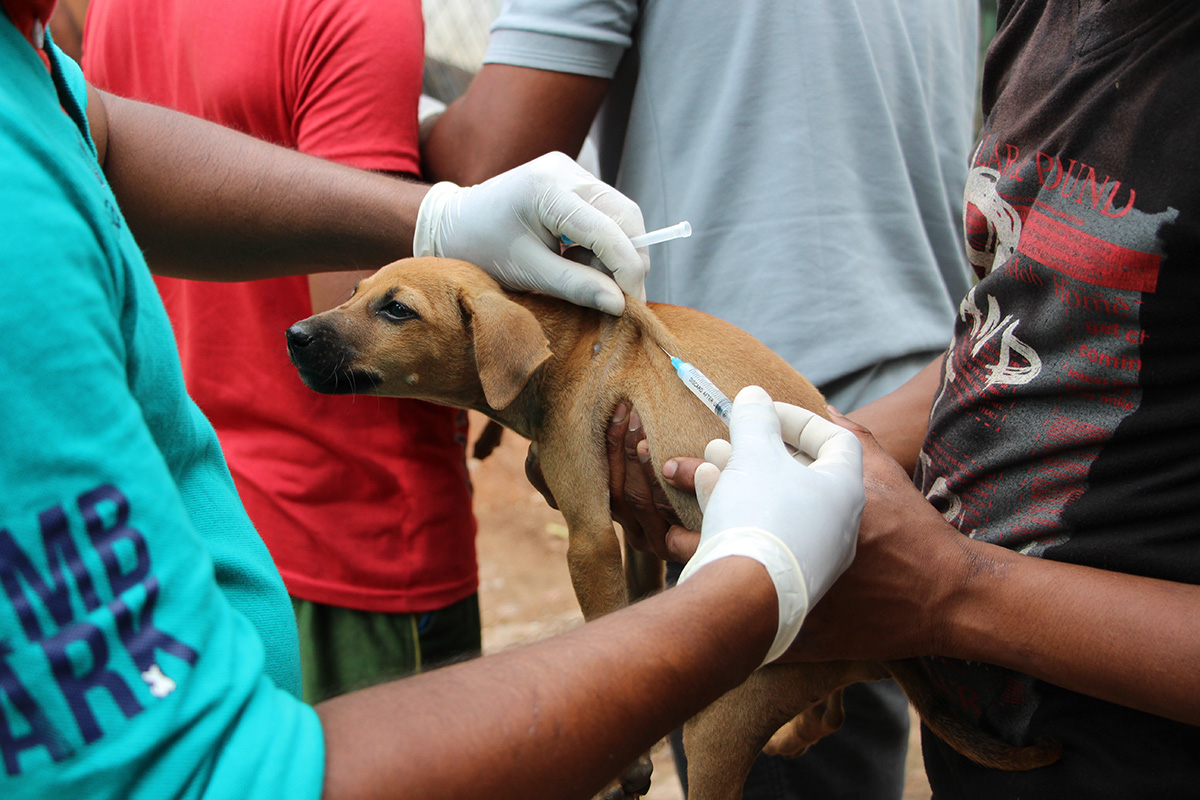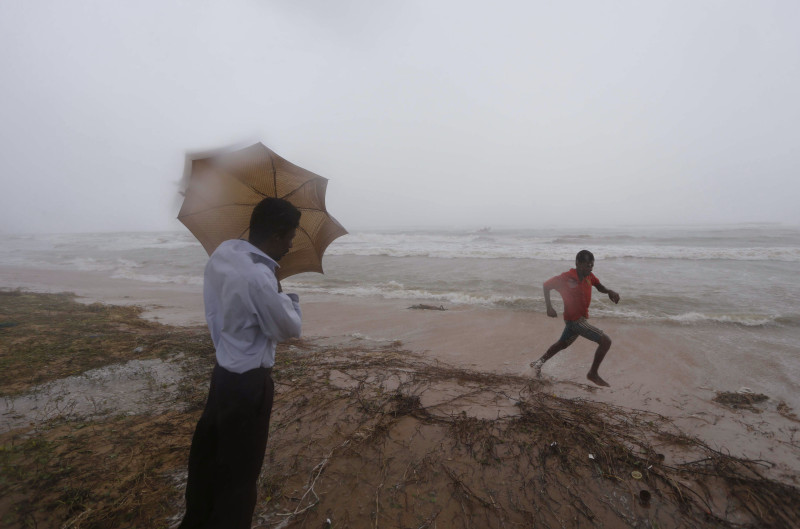
Weighing in at around 916 kg and taking on the dimensions of a king sized bed, the Leatherback sea turtle is considered to be one of the biggest and heaviest living reptiles. Living entirely in the ocean, with huge migration paths, the males of these giants never come ashore. It is only the females who do, for the exclusive purpose of making their nests and laying dozens of eggs. The Leatherback, and four of the six other species of marine turtles that roam the world’s oceans, come ashore on the beaches of Sri Lanka for this singular purpose.
Here is a rundown of these five special animals that visit our island:
1. Olive Ridley Sea Turtle (Lepidochelys olivacea)
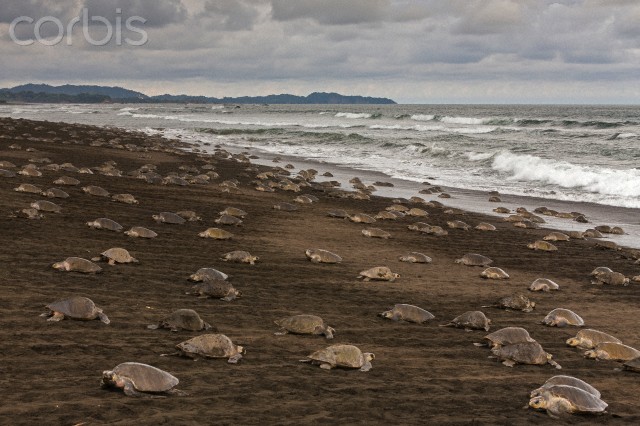
Image Credit : © Ingo Arndt/Minden Pictures/Corbis
This is the smallest and lightest of the sea turtles that nest on our shores. Their name comes from the smooth, olive-green/olive-grey colours of their shells, and they are about 80 cm in length. They sport a hooked upper jaw. Found to nest in many parts of coastal Sri Lanka, they form large ‘arribadas’ or nesting aggregations which involve several hundreds or even several thousands of animals. They produce clutches of eggs of between 50-160 in number, each 3.0 – 4.5 cm in length. These eggs then incubate for 6 – 8 weeks, after which the hatchlings race towards the ocean.
2. Hawksbill Sea Turtle (Eretmochelys imbricata)
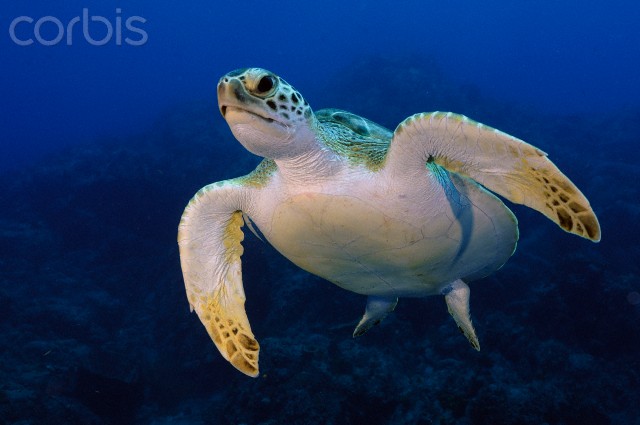
Image Credit: © Ron Offermans/ Buiten-beeld/Minden Pictures/Corbis
Sporting an olive green shell, the Hawksbill is a relatively large turtle of about 1 metre. Its name comes from the narrow, elongated and forward projecting jaw which forms a bird-like beak. They are often found in reefs, bays, estuaries and lagoons, and are thought to generally dine exclusively on sea sponges, although they have been found to consume algae, coral and shellfish as well.
These turtles come ashore to lay clutches of up to 175 eggs which take approximately 2 months to hatch.
Luckily for them, the flesh of the Hawksbill has been found to be poisonous, with several cases of fatalities having been associated with the consumption of its meat. However, they have been driven to a state of endangerment due to the commercial appeal in the production of turtle shell items such as combs, jewellery and trinkets.
3. Loggerhead Sea Turtle (Caretta caretta)
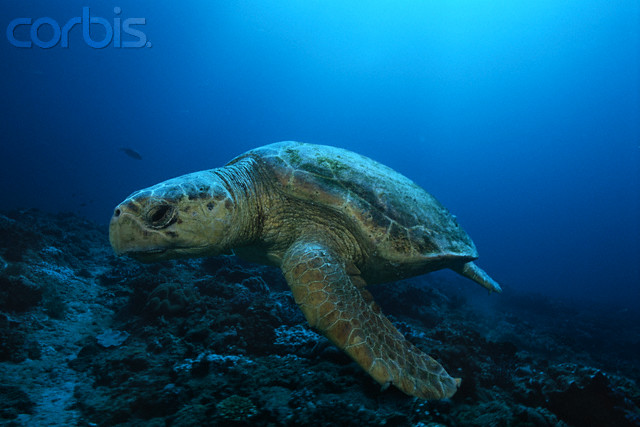
Image Credit: © moodboard/Corbis
Reaching lengths of around 1.2 metres, the Loggerhead is a reddish brown turtle who has a massive head. They too live in lagoons, bays, and estuaries, and consume molluscs and crustaceans (its large jaws have been adapted to break the shells of these invertebrates). These are the rarest of the Sri Lankan marine turtles, and are known to nest on the south and south-eastern shores between September and March. They lay as many as 175 eggs in each clutch, and the hatchlings emerge around two months thereafter.
4. The Green Sea Turtle (Chelonia mydas)

Image Credit: © Jay Fleming/Corbis
Named after the colour of its fat (which was once used for making turtle soup), this large sea turtle sports a heart shaped shell which is olive or brown. The adult males are smaller than the females, and their jaws lack the hook-like appearance that the other turtles display. Green turtles roam far and wide in tropical waters and are common around oceanic islands with wide sandy beaches. Nesting occurs all year round, with each nest containing between 100 – 170 eggs. The hatchlings appear after an incubation period of about 2 months.
5. The Leatherback Sea Turtle (Dermochelys coriacea)
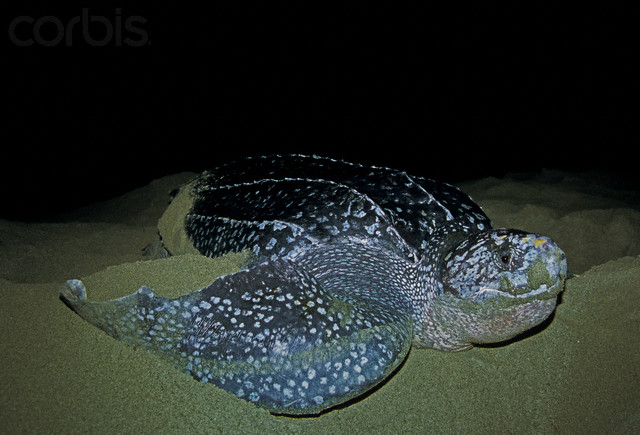
Image Credit: © Wayne Lynch/All Canada Photos/Corbis
And finally, the behemoth of them all, the impressive Leatherback is the largest of all sea turtles, and indeed, is one of the largest living reptiles in the world. It is also the fastest moving reptile in the world, and they use the thrust of underwater currents to push them along. They are the most widely travelled of any turtle, and dive as deep as 1,200 metres. As their name suggests, Leatherbacks don’t have a hard shell, but instead, their 2.5 metre long, elongated bodies are covered with a leather-like skin which bears 7 ridges.
They dine on squid, algae and jellyfish, and in fact, are crucial in the control of jellyfish populations in the ocean. They dig the deepest nests of any sea turtle, and each clutch comprises of as many as 130 large eggs, each around 5 cm in length.
All five of these sea turtle species are protected by law in Sri Lanka, as each is considered endangered. Regardless, they continue to fall prey to poachers, as well as suffering the consequences of ocean pollution and fishing nets. But more on this in our next article ‒ stay tuned!
Information sourced from : A photographic guide to the Snakes and other reptiles of Sri Lanka by Indraneil Das and Anslem de Silva (Published by New Holland Publishers, UK); Creature Report by Grosset and Dunlap (Published by the Penguin Group)
Cover Image Credit: stylersu.com


